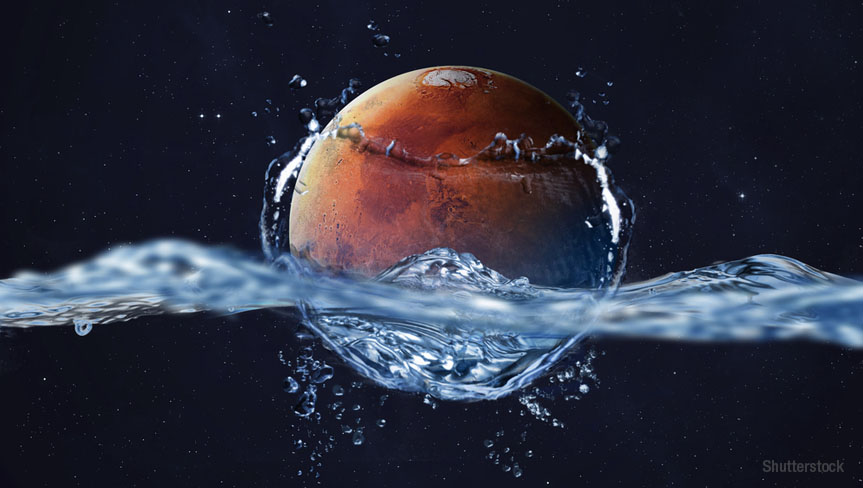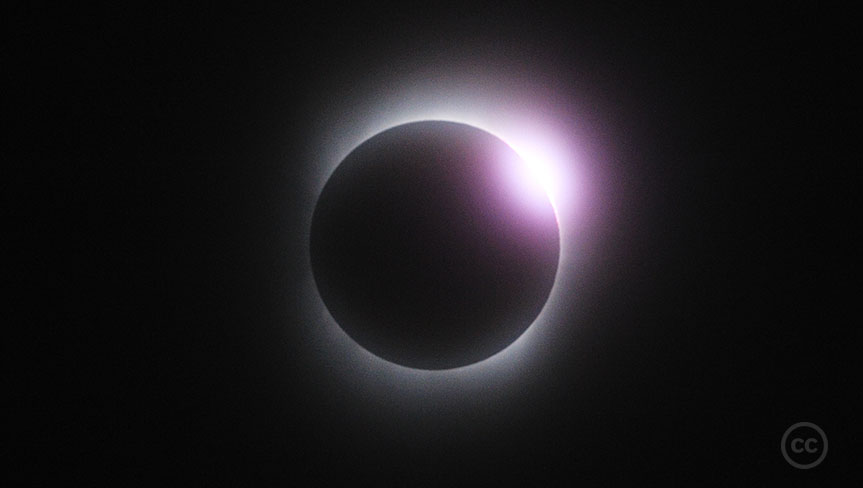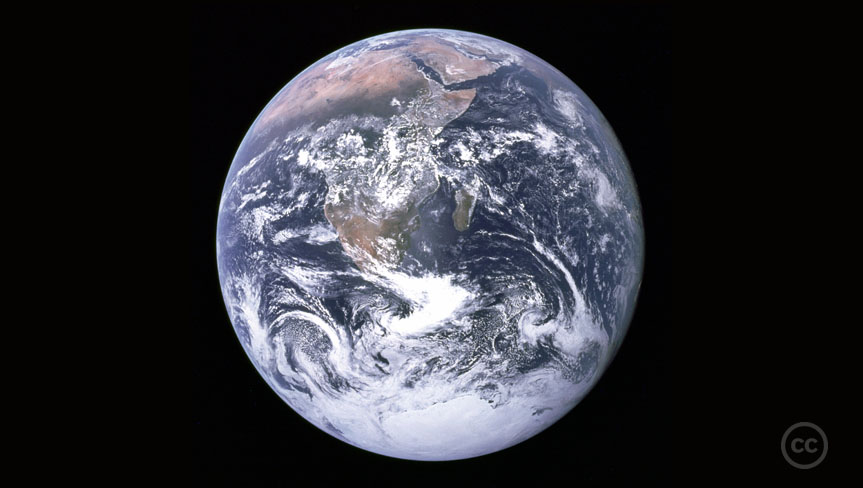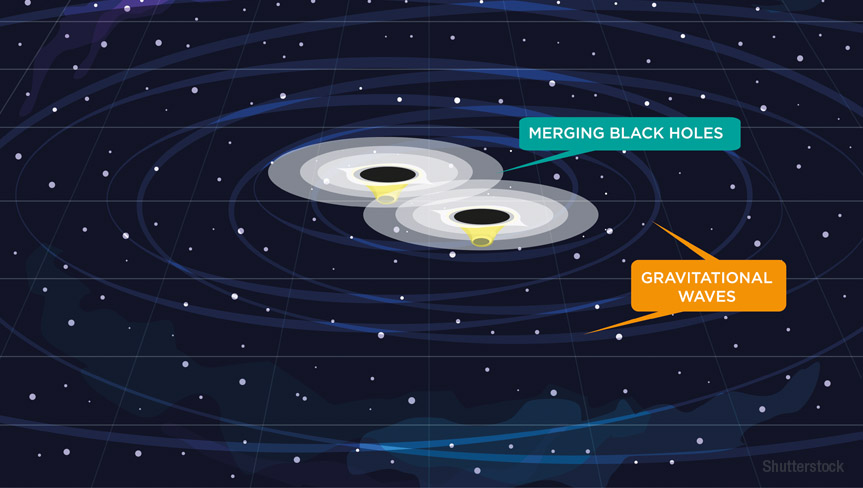Sun, the pivotal element of the solar system, is a middle-aged star that is around 4.6 billion years old. This near-perfect sphere is made up of 70 per cent hydrogen and 28 per cent helium. With the amount of hydrogen left on it, it can survive for another 5 billion years. In the last stages of its life, it will begin burning helium. In this phase, the sun will grow in size and eventually consume Mercury, Venus, and Earth, till its collapse. Although the mass of the sun will remain the same after the collapse, its volume will reduce to about the earth’s current volume.
The sun is currently a yellow dwarf star with a surface temperature of about 5500 degrees Celsius. However, the temperature at its core reaches up to 15 million degrees Celsius. The sun generates energy through nuclear fusion reactions. Four hydrogen nuclei combine to form a single helium nucleus, in the reaction that takes place at the sun’s core, producing an enormous amount of energy. Fusion reactions at the core create photons, which wander inside the gigantic star before reaching its surface. Sunlight takes millions of years to escape the sun’s core and reach its surface. Surprisingly, it only takes around eight minutes and twenty seconds for sunlight to reach the Earth, which is at a distance of 150 million kilometers from the sun! Then, as a matter of fact, the sunlight that we see has travelled through ancient times to finally reach us.











